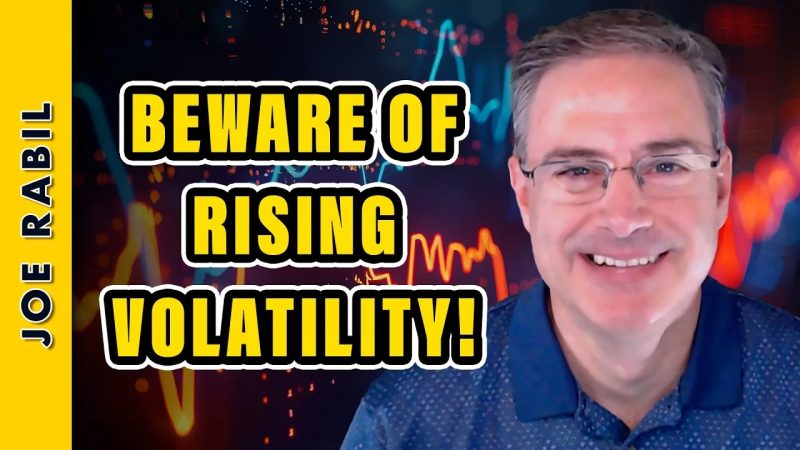Rising Volatility in the Current Market: Understanding the Impact and Strategies for Investors
Overview of Rising Volatility in the Market
Volatility in financial markets refers to the degree of variation in prices over time, typically measured by indexes such as the VIX (Volatility Index). In recent months, the market has experienced increasing levels of volatility due to various factors such as geopolitical tensions, economic uncertainty, and fluctuating investor sentiment. This rising volatility has implications for both short-term traders and long-term investors, as it can affect asset prices, trading strategies, and overall market stability.
Impact of Rising Volatility on Asset Prices
One of the key consequences of rising volatility is increased fluctuations in asset prices. Stocks, bonds, commodities, and currencies can experience sharp price swings in response to changing market conditions, leading to heightened uncertainty for investors. Volatility can also impact market liquidity, making it more challenging to buy or sell assets at desired prices. Investors need to be prepared for sudden shifts in market conditions and adjust their strategies accordingly to mitigate risks.
Risk Management Strategies for Investors
Given the unpredictable nature of market volatility, investors should implement risk management strategies to safeguard their investment portfolios. Diversification is a key approach to managing risk, as spreading investments across different asset classes can help reduce exposure to any single market downturn. Utilizing hedging techniques, such as options or futures contracts, can also provide downside protection during periods of heightened volatility. Additionally, maintaining a long-term perspective and avoiding knee-jerk reactions to short-term market movements can help investors stay focused on their financial goals.
Opportunities Arising from Volatility
While rising volatility can pose challenges for investors, it also creates opportunities for those who are prepared to navigate market fluctuations effectively. Volatile markets can present buying opportunities for undervalued assets or sectors that have been oversold due to market panic. Active traders may capitalize on short-term price movements by employing technical analysis or momentum trading strategies. Furthermore, investors with a long-term horizon can use volatility as a chance to accumulate quality assets at more favorable prices, potentially enhancing their returns over time.
Conclusion
In conclusion, rising volatility in the current market is a complex phenomenon that impacts investors in various ways. By understanding the implications of volatile market conditions and implementing appropriate risk management strategies, investors can navigate uncertainty and capitalize on opportunities that arise. It is essential for investors to stay informed, remain disciplined in their investment approach, and adapt to changing market dynamics to achieve their financial objectives in the face of rising volatility.

